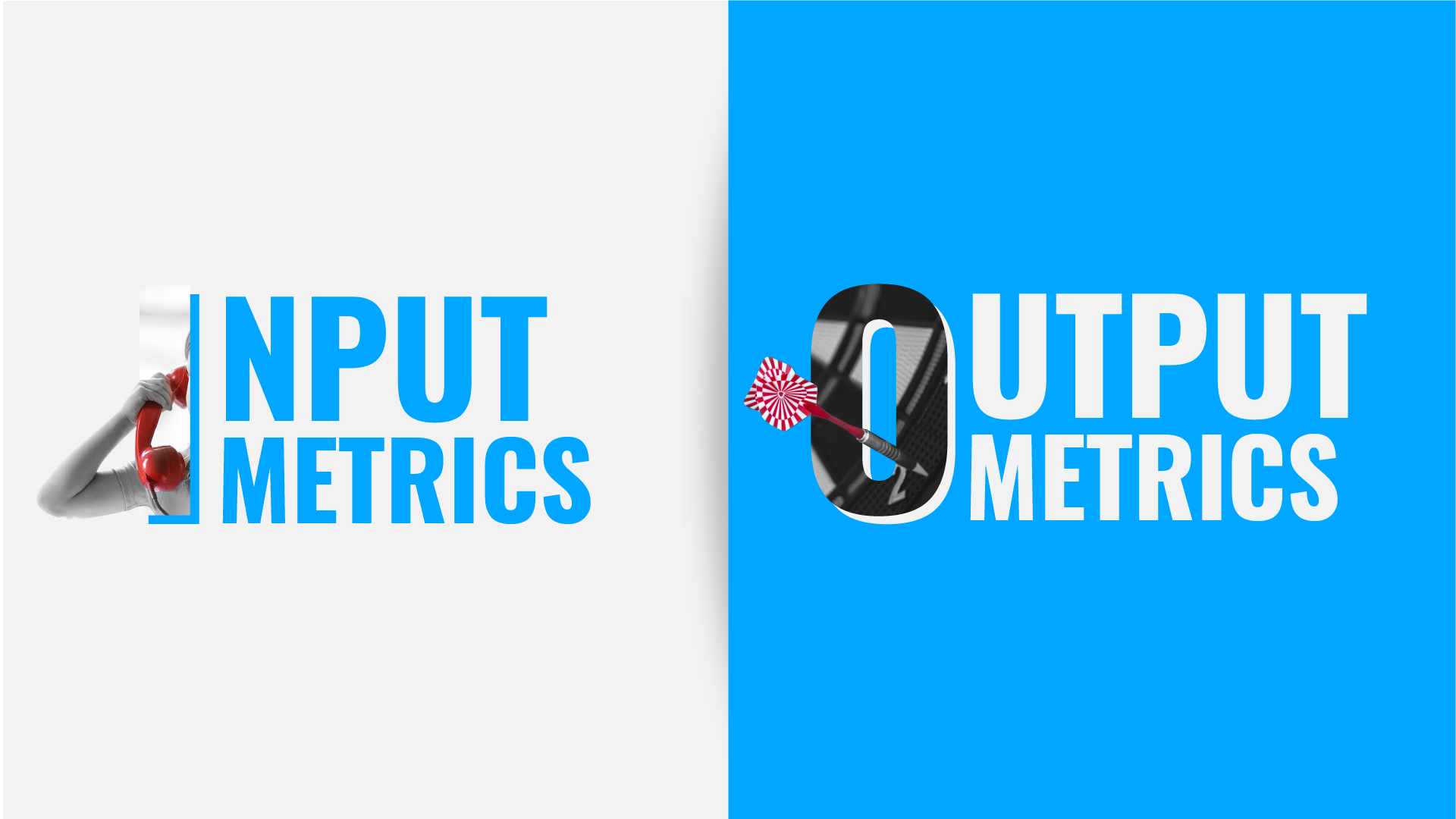A profit and loss statement for a small business doesn’t have to incorporate rocket science. You simply have to know how to plug in the numbers for a monthly, quarterly, or annual basis. Then you get a picture of your business’s health and the narrative that investors see.
DeepSky has asked this question to our clients: “Do you measure your profits?” The answer surprised us, in that they aren’t consistent. Managers fail to keep track of repeat orders or fluctuations in revenue. Not every business measures its profits, so taking this step puts you ahead of the game. You can also keep track of cash flow to avoid running out of the money needed to stay operational. Once your bank account reaches zero, it’s game over.
Profit And Loss Statement Steps
We recommend creating a profit and loss statement for your small business on day one, to project future earnings and set goals for your staff. This is called a pro forma statement. That way you can set goals and create a benchmark for success.
The first step is creating a parameter. Set a time frame and range for measuring your costs and revenues. Decide if you want to measure it over a week, month, quarter or year. Some of our clients can only see growth in the long run.
Second, total all of your income and expenses respectively. Income includes sales revenue, interest on your financial assets, and fees for services. Expenses include your fixed and variable costs: raw materials, rent, equipment, and employees. You need to pay all of your bills on time, though leveraging business credit cards can assist with helping you build credit at the same time and allow you to make larger investments later in the future.
Third, itemize each separate expense and income. While your totals should be accurate, seeing how much individual rent or raw materials cost can help you decide where you are overspending, and how much cash is available for transactions. That way you can decide to switch suppliers or try paying in credit cards instead of cash.
Fourth, calculate your gross margin, net operating profit, and net profit after taxes. Subtract the cost of goods sold from sales revenue to reach your gross margin. Then subtract operating expenses from that to reach your net operating profit before factoring in taxes. Once you deduct taxes, you calculate net income for the year.
Profit And Loss Statement Example
Let’s say that you are a cupcake shop that wants to evaluate financial health with each transaction. A profit and loss statement for a small business would work well in this case.
You would start with the revenue of selling each cupcake on a daily basis, and the cost of making that one item or a dozen. That will give you a gross margin. Then you subtract the cost of rent, labor, and utilities to make that cupcake, as well as the annual taxes you have to pay. Factor in all of your expenses and don’t be afraid to overestimate. You receive your net operating profit as a result.
Create A Profit With DeepSky
DeepSky wants to help small businesses reach the next level in their net profits. You can get specialized accounting services at a fraction of the cost of those from other firms so that accounting doesn’t become a gigantic expense. Receive a financial wingman to optimize your cash flow.
Contact us today to receive your financial wingman’s advice. We’re ready to help you reach your business potential and walk you through the business steps.


